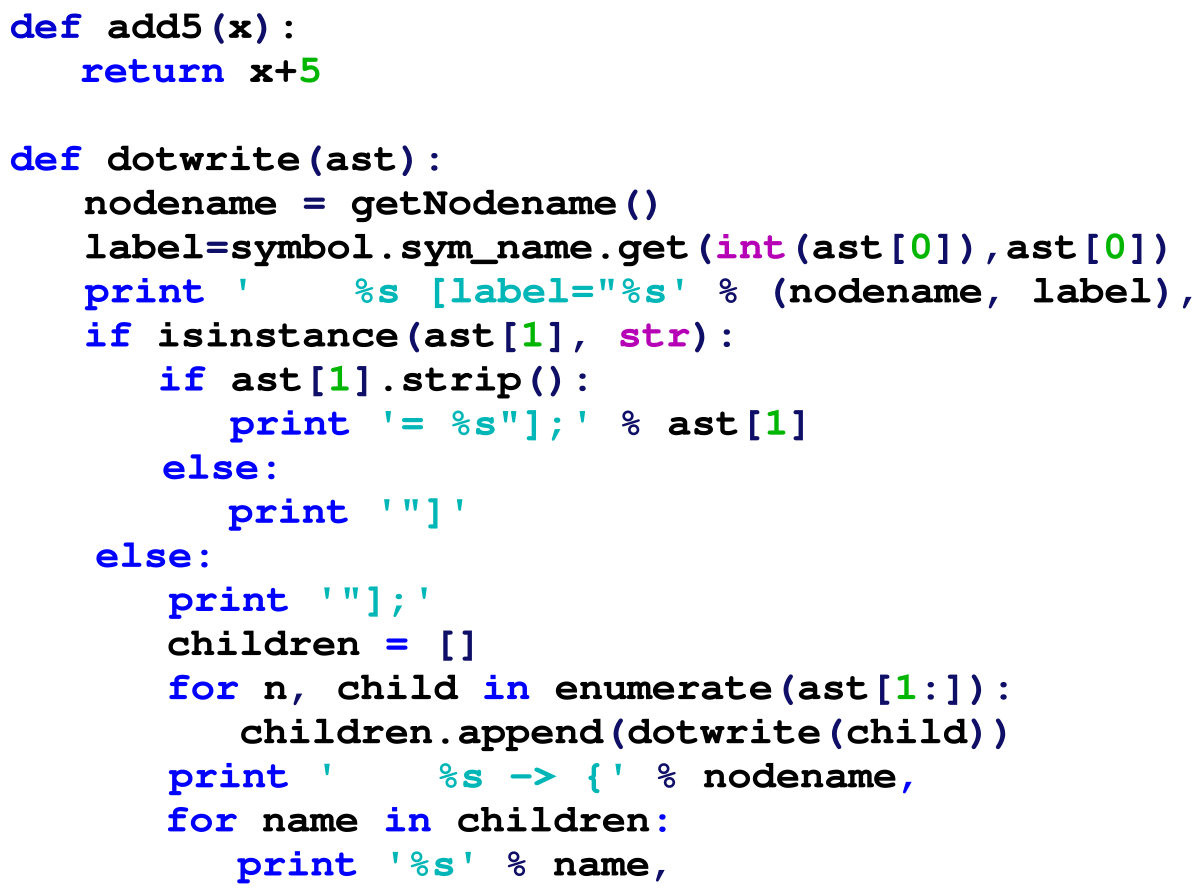What Is Syntax Programming? A Comprehensive Guide
Syntax programming is a crucial aspect of computer science that defines the rules and structure of programming languages. Understanding syntax is foundational for anyone looking to delve into programming or software development. This article will explore the concept of syntax programming, its importance, and its various applications in different programming languages.
As technology continues to evolve, the demand for skilled programmers has skyrocketed. This is where syntax programming comes into play, as it enables developers to write code that computers can understand and execute. In this guide, we will discuss the various elements of syntax programming, common syntax rules across different languages, and provide examples to illustrate these concepts.
Whether you are a novice programmer or an experienced developer, grasping the intricacies of syntax programming is essential for writing efficient and error-free code. Join us as we navigate through the world of syntax programming, uncovering its significance and practical applications in today’s tech-driven landscape.
Table of Contents
- Definition of Syntax Programming
- Importance of Syntax in Programming
- Common Syntax Rules Across Programming Languages
- Examples of Syntax in Different Languages
- Understanding Syntax Errors
- Best Practices in Syntax Programming
- Resources for Learning Syntax Programming
- Conclusion
Definition of Syntax Programming
In programming, syntax refers to the set of rules that defines the combinations of symbols that are considered to be correctly structured programs in a given language. Essentially, syntax programming dictates how code must be written for it to be valid and executable. Each programming language has its own unique syntax, which consists of keywords, operators, punctuation, and formatting conventions.
For instance, in Python, indentation is crucial for defining code blocks, while in languages like C++ or Java, curly braces are used. This variation in syntax is what makes it necessary for programmers to learn the specific rules of the language they are working with.
Importance of Syntax in Programming
Understanding syntax programming is vital for several reasons:
- Code Clarity: Proper syntax enhances the readability and maintainability of code, making it easier for others to understand your work.
- Error Prevention: Adhering to the correct syntax helps prevent syntax errors, which can lead to program failures or unexpected behavior.
- Language Proficiency: A strong grasp of syntax is essential for mastering any programming language, as it forms the foundation for all coding practices.
Common Syntax Rules Across Programming Languages
While each programming language has its own syntax, there are several common rules that many languages share:
1. Statements
Most programming languages require that statements end with a specific character, typically a semicolon (;).
2. Case Sensitivity
Many languages treat identifiers as case-sensitive, meaning that "Variable" and "variable" would be considered two distinct identifiers.
3. Comments
Comments are often denoted by specific symbols (e.g., // for single-line comments in C++ and # in Python) and are used to annotate code without affecting execution.
Examples of Syntax in Different Languages
Let’s take a look at how syntax is applied in a few popular programming languages:
Python Syntax Example
def greet(name): print("Hello, " + name + "!") greet("World") Java Syntax Example
public class HelloWorld { public static void main(String[] args) { System.out.println("Hello, World!"); } } C++ Syntax Example
#includeusing namespace std; int main() { cout << "Hello, World!" << endl; return 0; }
Understanding Syntax Errors
Syntax errors occur when the code does not conform to the rules of the programming language. These errors can arise from:
- Missing punctuation (e.g., forgetting a semicolon)
- Incorrectly spelled keywords
- Improperly matched parentheses or braces
Most modern development environments provide error messages that help identify and resolve syntax errors, making it easier for programmers to debug their code.
Best Practices in Syntax Programming
To write clean and efficient code, consider the following best practices:
- Follow the language's style guide for consistent formatting.
- Use meaningful variable and function names to enhance readability.
- Comment on complex code segments to clarify their purpose.
- Regularly test and debug your code to catch syntax errors early.
Resources for Learning Syntax Programming
There are numerous resources available for those looking to improve their understanding of syntax programming:
- Codecademy - Interactive coding lessons.
- FreeCodeCamp - Comprehensive coding curriculum.
- W3Schools - Tutorials and references for web development languages.
Conclusion
In conclusion, syntax programming is an essential component of software development that dictates how code is structured and executed. A strong understanding of syntax not only enhances code quality but also builds a solid foundation for learning and mastering programming languages. We encourage you to explore the resources mentioned above to further develop your skills in syntax programming.
Feel free to leave your thoughts in the comments below, share this article with fellow programmers, or check out our other articles for more insights into the world of programming!
Thank you for reading, and we look forward to seeing you again on our site!
Article Recommendations
- Skarsg Rd Family
- Ihad Kroeger Married
- How To Make Your Candles Smell Stronger
- Squealers Restaurant
- Wellness Compounding Pharmacy Medford
- Michael Kitchen
- Club Random
- Anti Cheat Police Department
- Are Keri Russell And Kurt Russell Related
- City Of Tulsa


